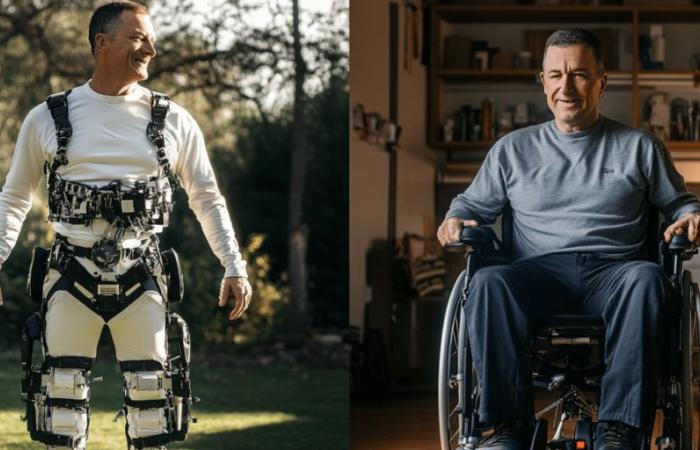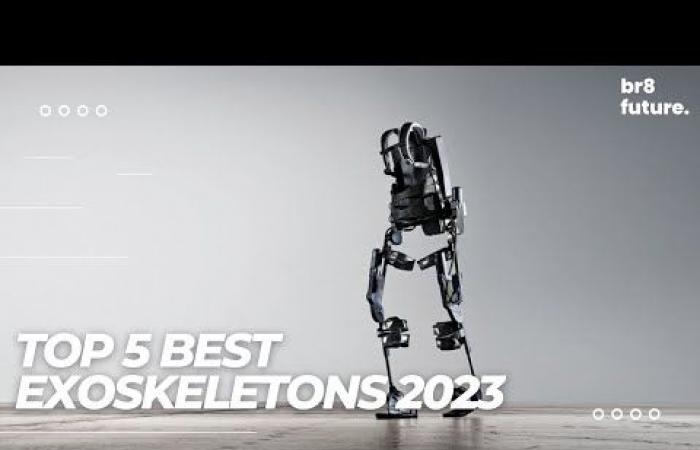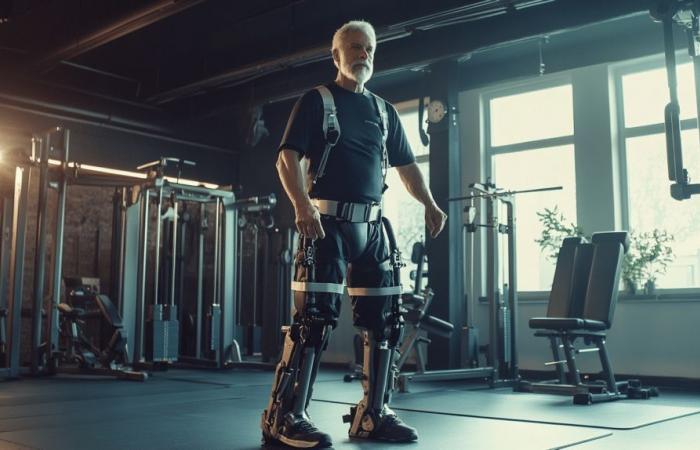A paralyzed former jockey finds hope thanks to an exoskeleton. Michael Straight, after a horse riding accident, was able to walk again with a ReWalk Personal exoskeleton, worth $100,000.
This revolutionary device allowed him to walk more than 371,000 stepswhich restored some semblance of normalcy to his life. But what seemed like a technological miracle quickly turned into a nightmare.
Michael’s exoskeleton stopped working due to a simple defective part. A wire on the watch battery controlling the device has come loose. This failure rendered the entire system unusable. Michael immediately contacted the manufacturer, Lifeward, for a repair. But the company’s response was shocking: the exoskeleton is considered obsoletebecause he was over five years old.
This response plunged Michael into a desperate situation. He had invested a huge sum in this device and had been undergoing physical therapy for ten years. Yet, Lifeward refused to repair a simple battery failurewhich put his mobility on hold. According to Michael, the reasons given by the company are only excuses to maximize profitsto the detriment of users of these technologies.
A widespread problem in the medical industry
Michael’s story is unfortunately not unique. Many patients using advanced medical technologies find themselves in similar situations. These devices, which literally change lives, also make them totally dependent on manufacturers. Some struggle to repair their devices, while others, like patients using bionic eyeslost their sight when the manufacturer stopped supporting the technology.
One of the reasons for this dependence is the absence of strict legislation on the right to repair. Currently, manufacturers are not required to share parts, tools or information needed for repairs. This practice, common in the technology industry with companies like Apple, now extends to the medical field. This creates a situation where patients must spend astronomical sums for minor repairs or learn to repair their devices themselves.


Fortunately, after a fierce media campaignMichael finally won his case. It mobilized local media, was featured in trade publications and gained widespread support on social media. It is thanks to this public pressure that Lifeward finally agreed to repair his exoskeleton. Thus, he was able to regain his mobility.
Michael Straight’s story highlights an alarming problem in the world of medical devices. These devices, generally expensive, quickly become obsolete without the help of manufacturers, who prioritize their own financial interests. It is therefore crucial to establish laws on the right to repair to prevent others from finding themselves in the same situation. Without it, many people will continue to be deprived of the technologies that give them hope and autonomy.
Share the article:
Facebook
LinkedIn
Our blog is powered by readers. When you purchase through links on our site, we may earn an affiliate commission.








